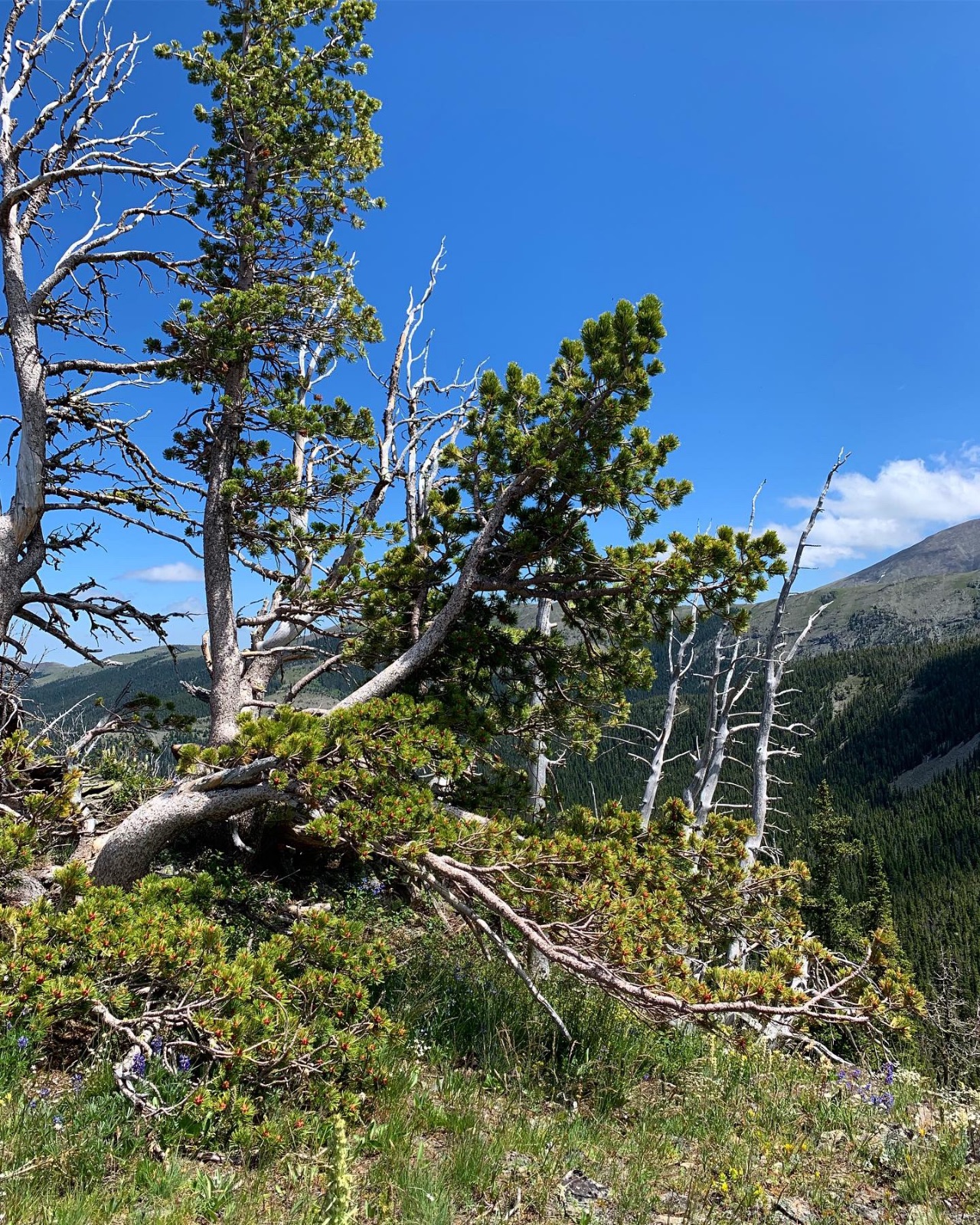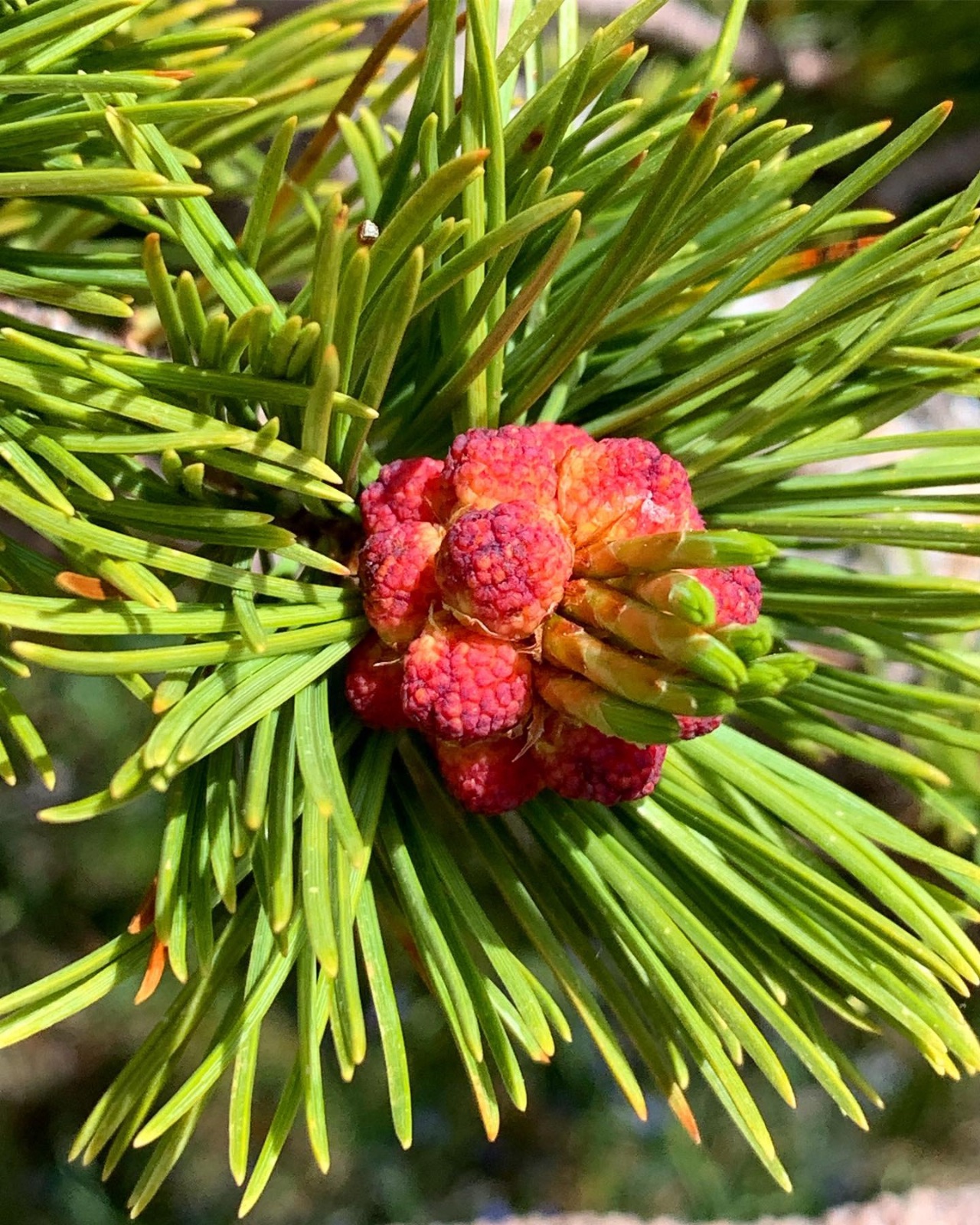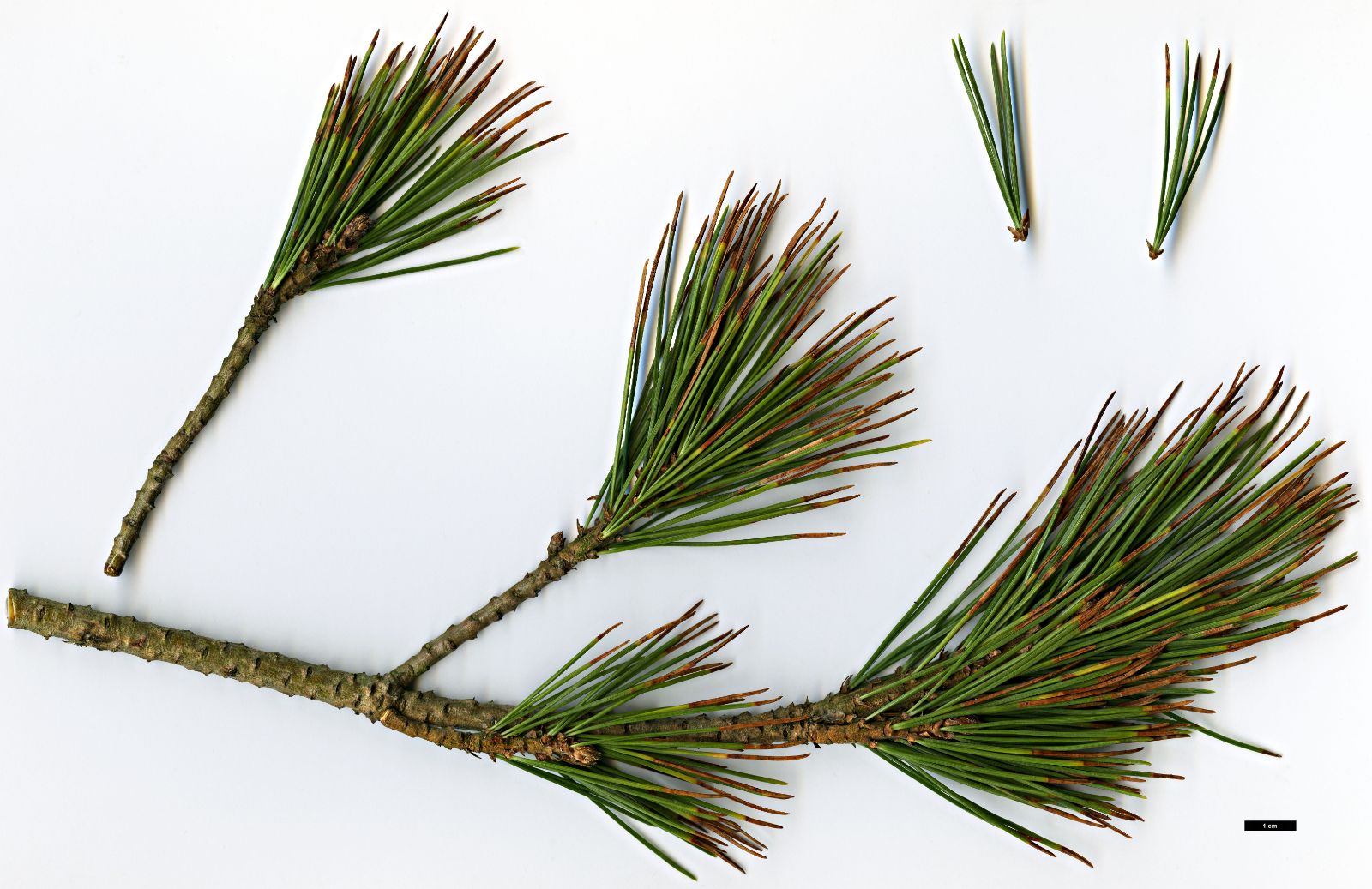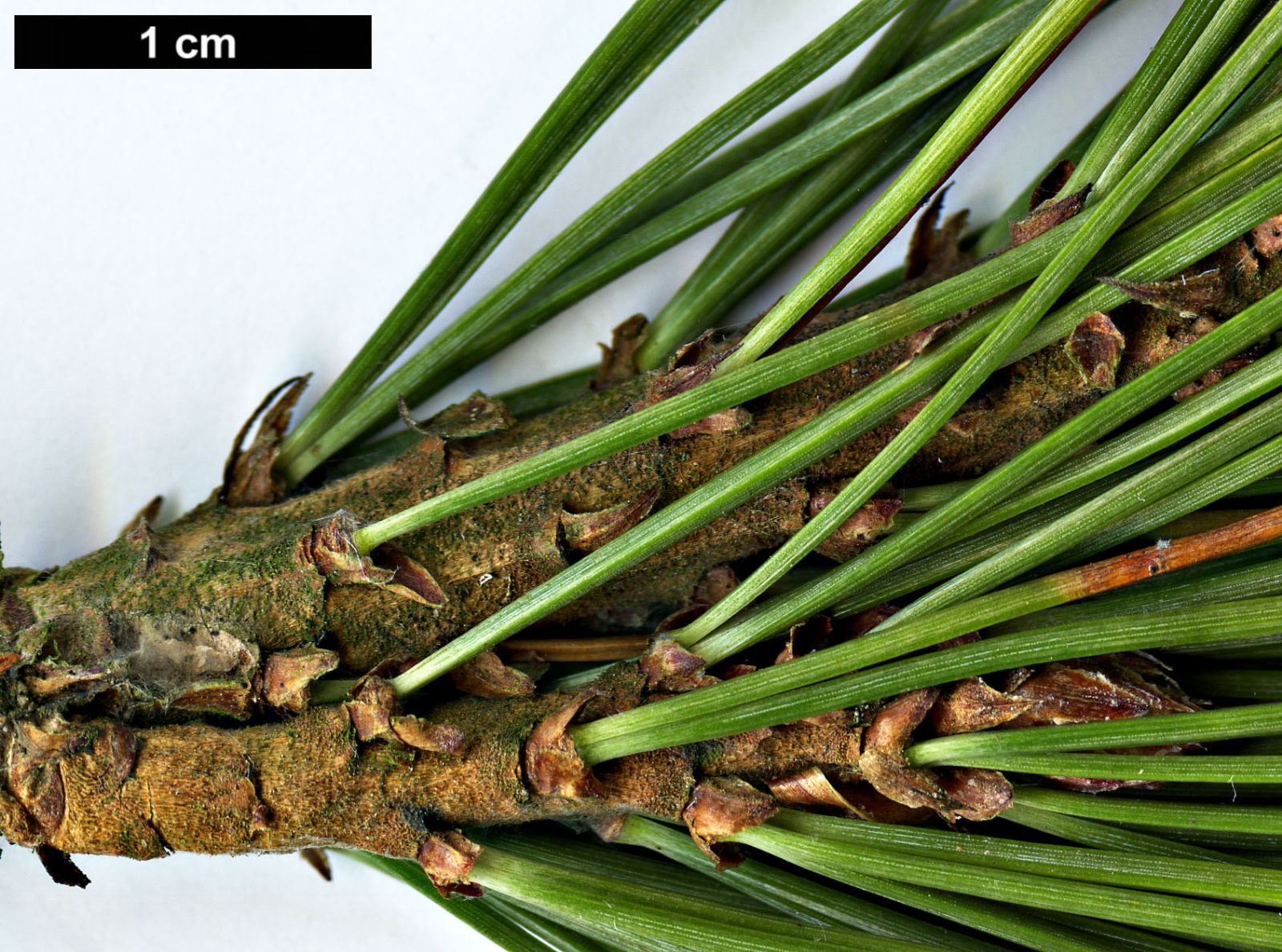Pinus albicaulis
Credits
Article from Bean's Trees and Shrubs Hardy in the British Isles
Recommended citation
'Pinus albicaulis' from the website Trees and Shrubs Online (treesandshrubsonline.
Other taxa in genus
- Pinus arizonica
- Pinus armandii
- Pinus attenuata
- Pinus ayacahuite
- Pinus balfouriana
- Pinus banksiana
- Pinus bhutanica
- Pinus brutia
- Pinus bungeana
- Pinus canariensis
- Pinus cembra
- Pinus cembroides
- Pinus chiapensis
- Pinus contorta
- Pinus coulteri
- Pinus culminicola
- Pinus densata
- Pinus densiflora
- Pinus devoniana
- Pinus durangensis
- Pinus echinata
- Pinus edulis
- Pinus elliottii
- Pinus engelmannii
- Pinus eremitana
- Pinus flexilis
- Pinus gerardiana
- Pinus greggii
- Pinus × hakkodensis
- Pinus halepensis
- Pinus hartwegii
- Pinus heldreichii
- Pinus henryi
- Pinus × holfordiana
- Pinus hwangshanensis
- Pinus jeffreyi
- Pinus johannis
- Pinus koraiensis
- Pinus lambertiana
- Pinus leiophylla
- Pinus longaeva
- Pinus massoniana
- Pinus maximartinezii
- Pinus monophylla
- Pinus montezumae
- Pinus monticola
- Pinus morrisonicola
- Pinus mugo
- Pinus muricata
- Pinus nelsonii
- Pinus nigra
- Pinus oocarpa
- Pinus orizabensis
- Pinus palustris
- Pinus parviflora
- Pinus patula
- Pinus peuce
- Pinus pinaster
- Pinus pinceana
- Pinus pinea
- Pinus ponderosa
- Pinus pseudostrobus
- Pinus pumila
- Pinus pungens
- Pinus quadrifolia
- Pinus radiata
- Pinus remota
- Pinus resinosa
- Pinus rigida
- Pinus roxburghii
- Pinus sabiniana
- Pinus serotina
- Pinus sibirica
- Pinus strobiformis
- Pinus strobus
- Pinus sylvestris
- Pinus tabuliformis
- Pinus taeda
- Pinus taiwanensis
- Pinus teocote
- Pinus thunbergii
- Pinus torreyana
- Pinus virginiana
- Pinus wallichiana
- Pinus wangii
- Pinus yunnanensis
Distribution
A shrub 10 to 20 ft high, rarely a tree twice as high; in the smaller state usually with two or three main stems. Young branchlets yellowish brown, minutely downy or glabrous, becoming grey the second or third year, finally whitish. Leaves in fives, persisting five to seven years, 1 to 21⁄2 in. long, green with whitish stomatic lines on all three surfaces, stiffly pointed; not toothed at the margins; leaf-sheaths 5⁄8 in. long, soon falling. Cones indehiscent, 11⁄2 to 3 in. long, and nearly as thick; scales very thick, with a spine-tipped boss. Seeds about 1⁄2 in. long, with little or no wing, sweet, edible.
Native of western N. America at high elevations, becoming in cold bleak sites reduced to dwarf scrub. It was introduced by Jeffrey in 1852, but subsequently disappeared from cultivation, and is still scarcely represented in Britain. The only recorded specimen is one at Kew 18 ft high, raised from seeds received early this century. It is closely allied to P. flexilis and the two species occupy similar habitats. But P. albicaulis has a more northern distribution, and is very different from P. flexilis in its cones. The popular name (and the specific epithet) refer to the whitish bark of very old trees.
From the Supplement (Vol. V)
The tree at Kew remains the only sizeable example recorded from the British Isles, and measures only 23 × 11⁄2 ft (1976). It cones regularly, however, and furnished the material figured in Bot. Mag., n.s., t.691, which is accompanied by an interesting note on the species by D. K. Bailey.




